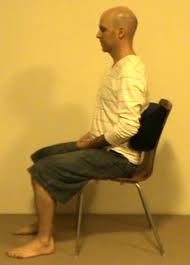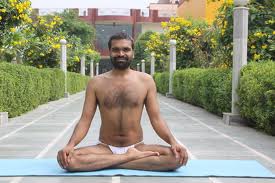The awareness of “being” is very important to me in my teaching. It’s practice to be able to abide peacefully in yourself and know a more fundamental sort of identity. It’s what you do differently after experiencing it to live more genuinely and go even closer to the soul.
I may have mentioned in a previous post how “stilling” ourselves makes movement more significant. In other words, by practicing “being” you become more aware of “doing”, and it’s consequences. This is important because “doing”(which includes thinking) is what creates the patterns playing out in us that must be transformed and then diminished to align ourselves with peace, happiness and the wisdom. However, when it comes to changing ourselves, the light of consciousness will not do it for us. It will only reveal where the work lies. In it’s infinite love and wisdom, the universe allows all possibilities, even ones that leave it’s microcosmic human flower blossom of representations to experience disconnection and discord. Stilling yourself in being, (which incidentally can also involve movement in it’s surface levels… think ecstatic, enraptured dance) is inherently connecting so for those that feel out of touch with life and their purpose it gives them that realization that there is that immense mysterious fabric of unity right underneath their feet, and in their hands, and up in the sky, and inside that flower over there…
After picking up lunch today and on my way home, I stopped into the store to buy some fruits. I had an afternoon lethargy. I barely felt like going into the store but I knew it would be good to have some mangoes tonight. As I walked out and looked across the street to where the market was that sells bags of coconuts, 10 to a bag, the thought/feeling arose, “you’ve been too lazy to buy the coconuts lately” because I’ve been wanting to make a new batch of yogurt. Quick responses to rationalize came next; “it’s so much easier to just hop on the motorbike” and “that bag is heavy and then I have to hang on the back of the pick up truck to go home”, and even “you’re already thinking of being lazy, and you want to make coconut yogurt today!?”. Then the saving thought/feeling shone out from the background, “didn’t you already do some things you thought you were too lazy for today?”. Without further internal debate I was walking across the street instead of hopping on the motorsai taxi. Of course the coconuts were heavy but after a few steps carrying them I felt a surge of energy and worked to stabilize my spine, trying to walk without the bag pulling my posture into a compromising collapse. The lazy lethargy disappeared.
Everything we do is habit forming. This is why some time in stillness can help us to see our actions for what they really are, a break from the pattern so we can come back with fresh eyes. Accomplishing things that we thought we couldn’t or wouldn’t do is also habit forming. I thought I was too lazy to make coconut yogurt today, or even buy the coconuts, but perhaps because of small events foregoing immediate gratification (I brought home lunch today because I wanted to have a smoothie 30 minutes before lunch and not with my meal) I set up a new habit for the day to push on and do what I knew would make me satisfied when I lay down to sleep tonight, comfortably letting the day go. After the yogurt mayhem I continued with a number of other projects including writing this post.
Recap:
Willingly do something that will test your resolve or patience. It doesn’t matter how “big” this thing is. Note the feelings of moving beyond the obstacles, accomplishing the task, and the sense of satisfaction that comes. Save that feeling. With another practice you can get on a roll with it and everything becomes do-able. Use that feeling anytime you feel the challenge of deciding between right action and laziness.
Namaste









